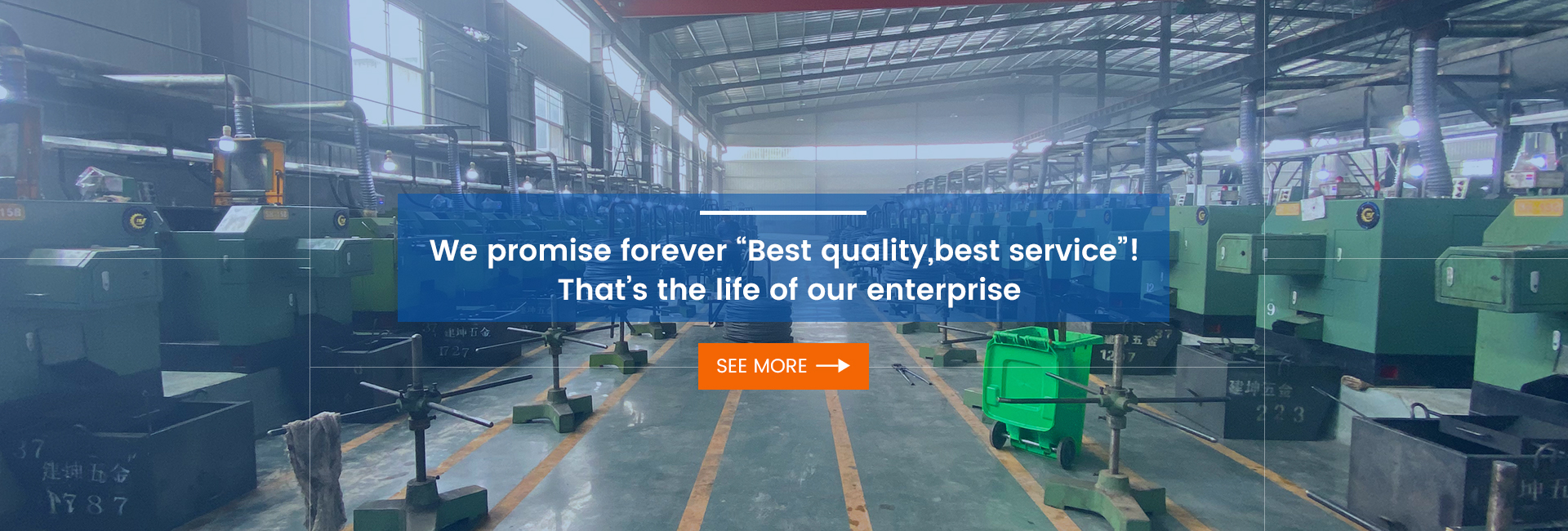1. Global Market Size & Growth Trends
-
Automatic & High-Speed Nail Making Machines:
The global automatic nail making machine market is projected to grow from approximately USD 494 million in 2025 to USD 632 million by 2031, with a CAGR of 4.2%.
The high-speed nail machine segment was valued at USD 750 million in 2022, and is expected to reach USD 1.05 billion by 2030, with a CAGR of 4.5%.
The wire nail making machine market is also on the rise — from USD 281 million in 2024 to USD 443 million by 2031, showing a CAGR of 5.4%. -
Summary: The global nail machine industry is growing steadily, driven by market demand and technology upgrades.
2. Technological Advancements
-
Automation & AI Control: Full-line equipment now integrates high-speed feeding, precision cutting, and AI quality inspection, significantly enhancing output and product accuracy.
-
IoT & Remote Diagnosis: Cloud-based monitoring systems allow for predictive maintenance and minimize downtime.
-
Energy Efficiency & Eco-Friendly Design: Machines now feature efficient motors, higher material utilization, and cleaner production processes.
-
Modular & Flexible Manufacturing: Equipment supports fast changeovers and multi-spec production for small, customized batches.
3. Regional Market Opportunities
-
Asia-Pacific: China and India dominate global demand due to massive infrastructure expansion. Asia holds the largest share of the market.
-
Southeast Asia & Africa: Emerging industrial markets such as Vietnam, Indonesia, and several African nations are experiencing demand growth of 6–8% annually.
-
Europe & North America: These markets prioritize advanced, intelligent, and energy-saving equipment. Germany and Japan maintain a competitive edge in precision engineering.
4. Industry Challenges & Strategic Responses
-
Raw Material Price Volatility: Fluctuations in steel prices continue to affect machine manufacturing costs.
-
Low Domestic Production of Core Components: Critical parts like high-speed bearings and sensors are still heavily imported, creating supply chain risks.
-
Market Polarization: Chinese manufacturers lead in volume and cost efficiency, while European and Japanese brands dominate the high-end segment.
-
Strategic Recommendations:
-
Invest in AI-driven automation modules.
-
Expand global presence in emerging regions.
-
Localize high-end equipment manufacturing and after-sales service.
-
Develop equipment-as-a-service models, including rental, maintenance, and data monitoring solutions.
-
5. Future Outlook
-
Market Projection: The global nail making machine market is expected to surpass USD 1.5 billion by 2030, with intelligent systems leading the trend.
-
Technology Integration: AI, IoT, and green manufacturing will become standard industry features.
-
Geographic Expansion: Asia continues to lead growth, while the Middle East, Africa, and Latin America emerge as high-potential regions.
-
Business Model Evolution: The industry is shifting from selling machines to offering full-service solutions — integrating equipment, data, and lifecycle support.
Conclusion
The international nail making machine industry is evolving rapidly, characterized by technology-driven growth, regional expansion, and new service-oriented models. Automation, intelligence, and environmental sustainability are reshaping equipment design and customer expectations. Companies that invest in smart manufacturing, green solutions, and global service ecosystems will be best positioned to lead in this competitive and expanding market.
Post time: Jul-08-2025



